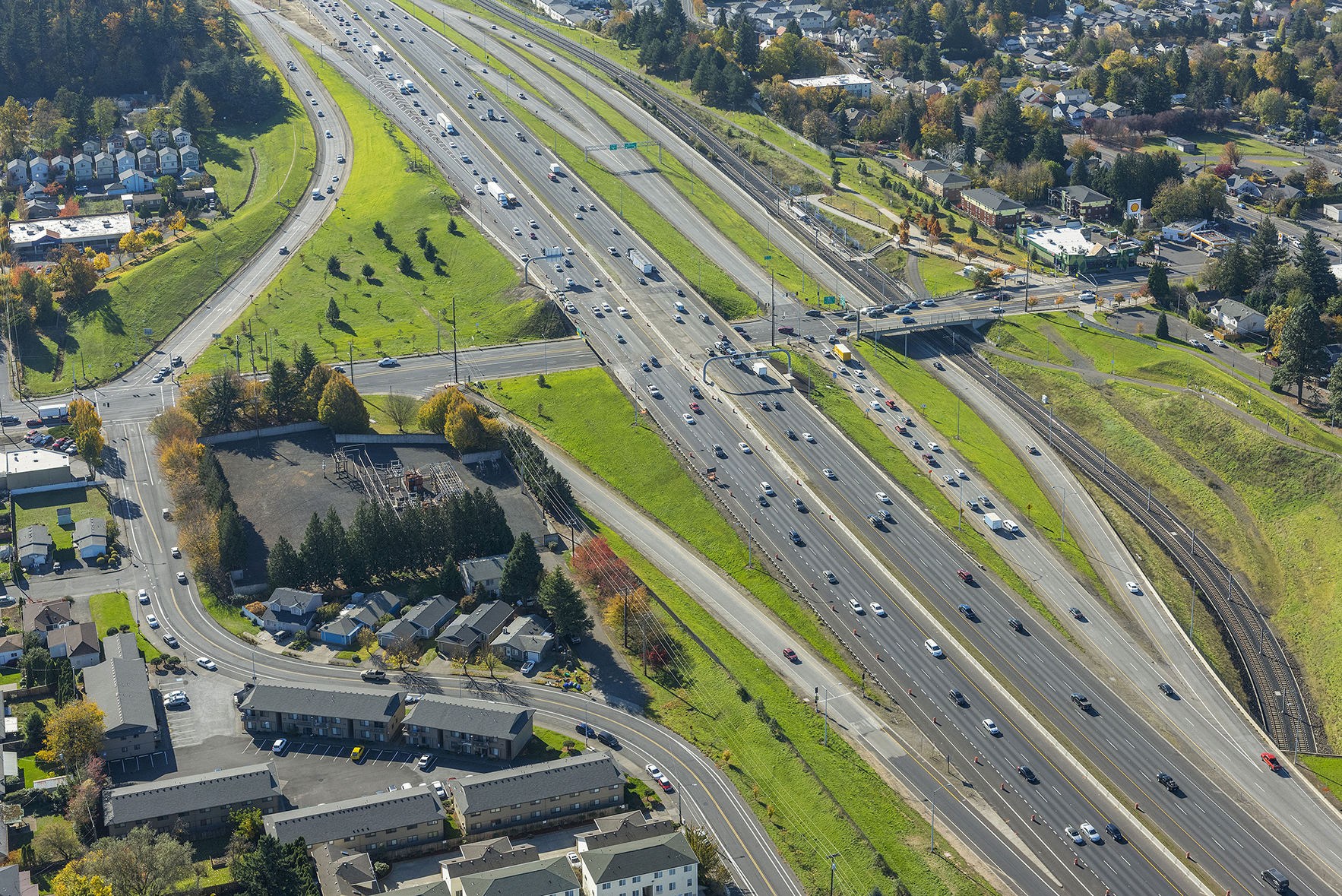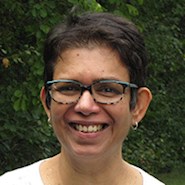
The Oregon Department of Transportation is moving to the next step in exploring alternative funding mechanisms for road repair and maintenance. This week, ODOT launched its Local Road Usage Charge pilot program, which will operate through the end of the summer testing the possibility of revising the technology at the heart of the state’s pay-per-mile system.
Exploring alternatives to the gas tax
Oregon was among the first states to see the writing on the wall. Sales of electric vehicles have been steadily increasing: 40% more electric cars were sold in 2019 globally than in 2018. Second, newer fleets of passenger vehicles are becoming more fuel efficient. The collective momentum of these trends is decreasing revenues from gas tax at the pump. This in turn has been decreasing funding for road-maintenance projects. Given that 40% of Oregon’s $3.4 billion highway tax fund comes from the gas tax, that’s a significant dent.
To explore alternate funding mechanisms, the state launched a voluntary PPM system in 2015, OReGO, after conducting pilot programs in 2006 and 2013. OReGO is the birth child of Oregon’s Road User Fee Task Force, a body the state legislature set up to explore roadway repair and maintenance funding mechanisms that would complement the gas tax.
How it works
Participants in the PPM system install telematics devices that plug into the onboard diagnostics ports of their vehicles. Drivers who participate — approximately 2000 vehicles have enrolled since 2015 — in the state’s PPM system pay 1.8 cents for every mile they drive in Oregon. The gas tax is 36 cents a gallon, so the PPM system is roughly equivalent to what the driver of the vehicle would have paid at the pump. “Oregon law indexes the road usage charging rate to (the) fuel tax rate,” says Maureen Bock, chief innovation officer at OReGO.
Drivers who participate in the PPM system and don’t use electric cars receive credit for the gas tax they pay at the pump. “The credit is applied to the road usage charges as they drive. In other words, they get a credit for the tax (they paid) on fuel used to drive taxable miles,” Bock says. The optional GPS-enabled device also only charges for miles driven in the state.
An owner of an all-electric vehicle can choose to pay either an enhanced biennial registration fee of $306 or participate in the PPM program. By comparison, an owner of a vehicle made in 2000 or later with a combined rating of 0 to 19 mpg would pay $122 in registration fees.
While the PPM approach has been working well, the state is looking to see if the technology can handle a more granular model for road charging. Portland-area drivers who volunteer will participate in test-driving OReGO’s Local Road Usage Charge pilot, which will include three 75-driver-strong sub-pilots. Over the course of six months, OReGO will ask the drivers to complete a series of activities to test if the technology can support these three funding models:
-
Area-boundary pricing: Time-of-day road charge pricing within the Portland metro area.
-
Layer-area pricing: Time-of-day road charge pricing in two overlapping areas, such as a city (Portland) and county (Multnomah).
-
Corridor pricing: Time-of-day road charge pricing on specific highway corridors within the Portland metro area. “This also only charges the additional rate if the vehicle is on the road for less than 5 miles,” Bock says. “This is to encourage throughput on those corridors.”
“Currently the geofence is around the entire state of Oregon, so people are (marked as) either driving in-state or not if they have opted for a GPS-enabled device,” Bock says. “There is no time-of-day stamp for the program as it currently exists. For the area-boundary pricing that is based on time of day, a time stamp for the driving is transmitted by the device along with the other data needed to price trips.”
Driver behavior and other options
An external public relations firm will determine drivers’ eligibility for participation in the pilot. The state legislature and the Federal Highway Administration will receive the results from the pilot.
Bock and her colleagues are well aware that charges tied to the time of day a vehicle is on the road and what congestion it is driving in might lead drivers to modify their behavior and find workarounds that will lessen the revenue generated by the program. Among the many questions the public relations firm will explore: Would the pricing programs change driver behavior? How easy was it to read the bill and figure out what they were paying for during certain times of the day or on certain corridors?
While Oregon test-drives its pilots, the rest of the country is paying attention. “These (PPM) taxes are an example of a policy that can better align the private and social costs of driving while funding infrastructure,” says Cody Nehiba, Ph.D., an assistant professor of research at the Center for Energy Studies at Louisiana State University.
“There are multiple policies that are, to some extent, variants of a mileage tax,” Nehiba says. These include both congestion tolling, which is a mileage tax that increases during congested periods, and axle-weight-mile taxes for heavy-duty vehicles, which is a mileage tax that increases with truck axle weight.
Increasing vehicle registration fees for plug-in electric vehicles and hybrids is another option being broadly adopted by states, Nehiba says. To date, 28 states have levied additional registration fees for plug-in electric vehicles ranging from $50 to $225 annually. “Importantly, these fees do not vary with mileage — the fee is the same whether you drive 100 or 10,000 miles in a year — raising some equity concerns that mileage taxes address,” Nehiba adds.
Meanwhile the pilot will give Oregon more information about next steps. “We’re doing this new pilot to test different nuances in the technology that will allow us to be more flexible,” says Michelle Godfrey, education and outreach coordinator at ODOT. “The legislature is continuously evaluating our program and using our experience to determine how the policy should be developed in the future.”




